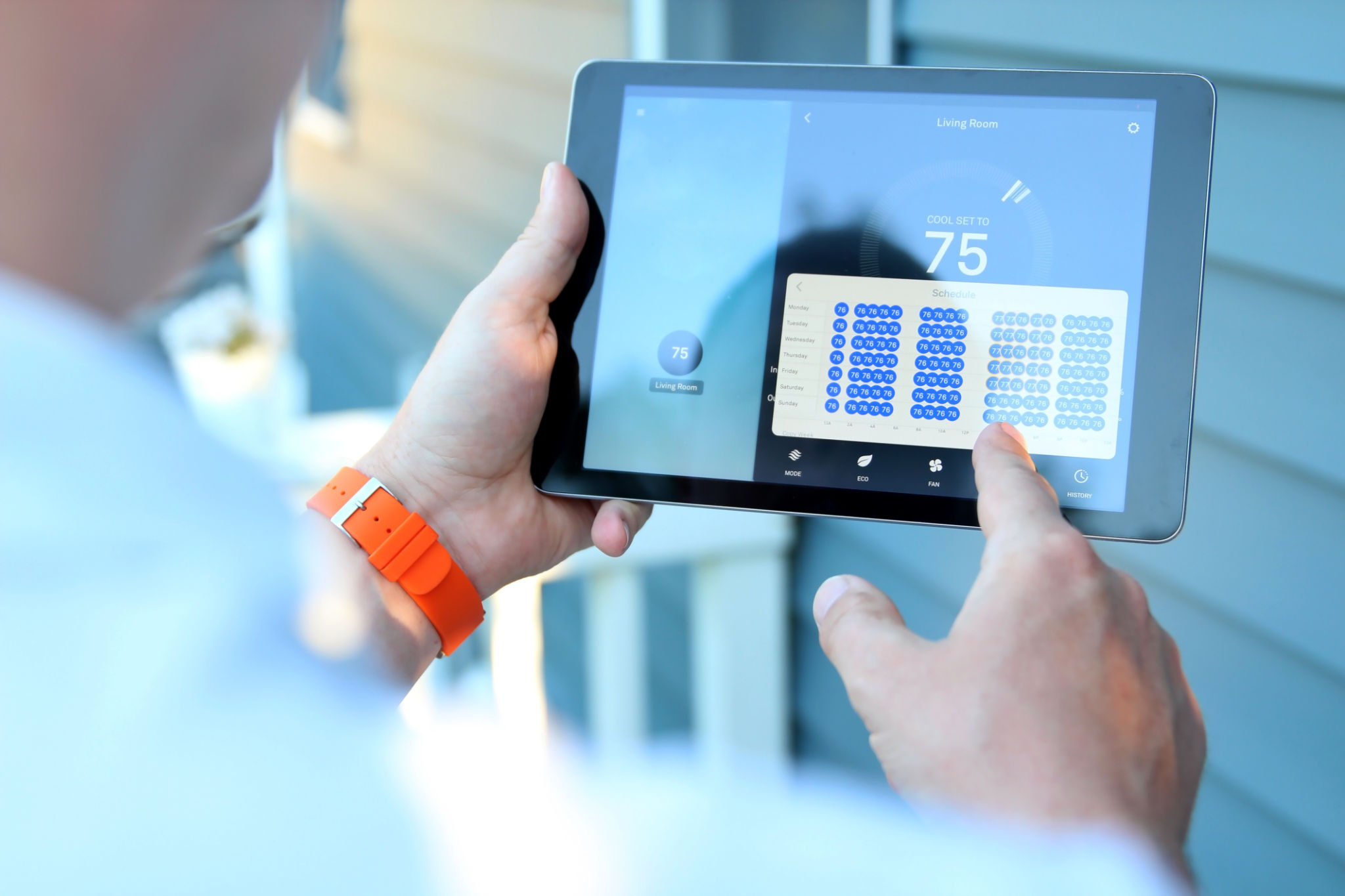Myths About Smart Home Ventilation Systems Debunked
Understanding Smart Home Ventilation Systems
Smart home ventilation systems are revolutionizing the way we manage air quality in our homes. However, several myths surrounding these systems often lead to confusion and hesitation among potential users. In this post, we'll debunk some of the most common myths and provide clarity on how these systems can benefit your home.

Myth 1: Smart Ventilation Systems are Too Expensive
One of the most prevalent myths is that smart home ventilation systems are prohibitively expensive. While it's true that the initial investment can be higher than traditional systems, the long-term savings on energy bills often outweigh the upfront costs. Smart systems efficiently regulate air quality and temperature, reducing unnecessary energy consumption and lowering utility bills over time.
Moreover, many manufacturers offer a range of products to suit different budgets. This means that upgrading to a smart system is more accessible than ever, allowing homeowners to enjoy the benefits without breaking the bank.
Myth 2: Installation is Complicated
Another common misconception is that installing a smart ventilation system is a complex and time-consuming process. In reality, many smart systems are designed for easy integration with existing HVAC systems. Professional installers are usually able to set up the system with minimal disruption to your home environment.

Some systems even offer DIY options for tech-savvy homeowners, complete with user-friendly guides and support resources. This myth often deters homeowners from exploring smart solutions, but in truth, installation can be straightforward and hassle-free.
Myth 3: They Require Constant Maintenance
Many people believe that smart ventilation systems require constant maintenance and monitoring. On the contrary, these systems are designed with advanced technology that simplifies maintenance. Features like self-cleaning filters and automated alerts for servicing needs ensure that your system remains in optimal condition without demanding constant attention from you.
Furthermore, many smart systems can be monitored remotely via smartphone apps, providing convenience and peace of mind. This means you can keep an eye on your home's air quality from anywhere, making it easier to address issues promptly.

Myth 4: Smart Ventilation is Only About Air Quality
While improving air quality is a significant advantage of smart ventilation systems, they offer much more than that. These systems also contribute to overall home efficiency by managing humidity levels and enhancing comfort. By maintaining optimal conditions, they help protect your home's structure and prolong the lifespan of furniture and appliances.
Additionally, smart systems often integrate with other smart home technologies, creating a cohesive ecosystem that enhances your home's functionality and energy efficiency.
The Real Benefits of Smart Home Ventilation
Embracing smart home ventilation systems can lead to a healthier living environment and significant energy savings. By debunking these myths, we hope to encourage more homeowners to explore smart solutions that align with their lifestyle and environmental goals.
Remember, investing in a smart ventilation system is not just about keeping up with technology trends—it's about creating a sustainable and comfortable home for you and your family.